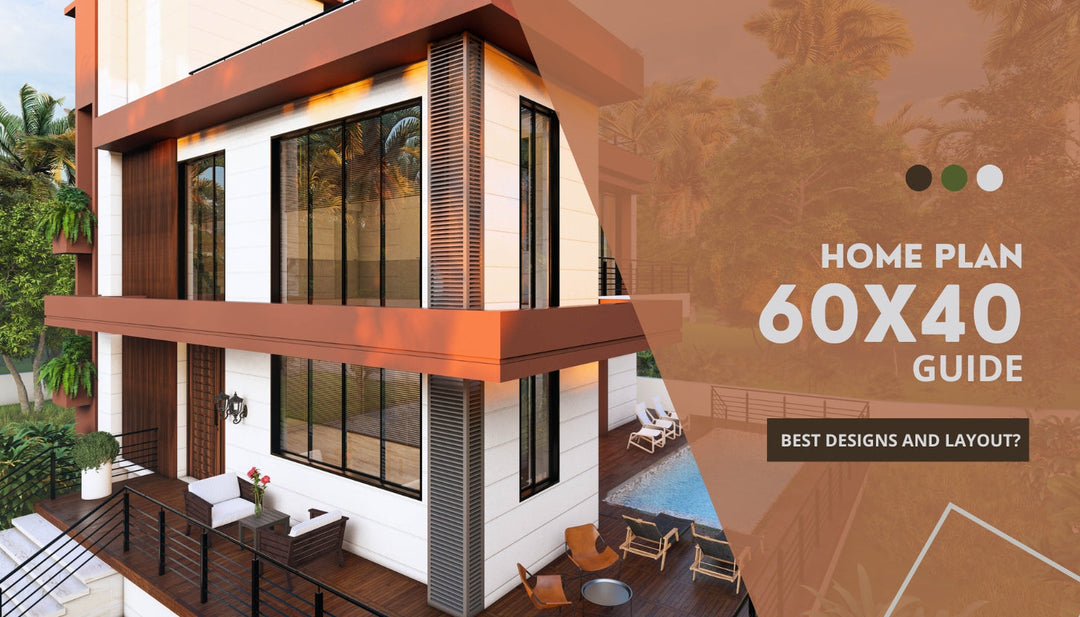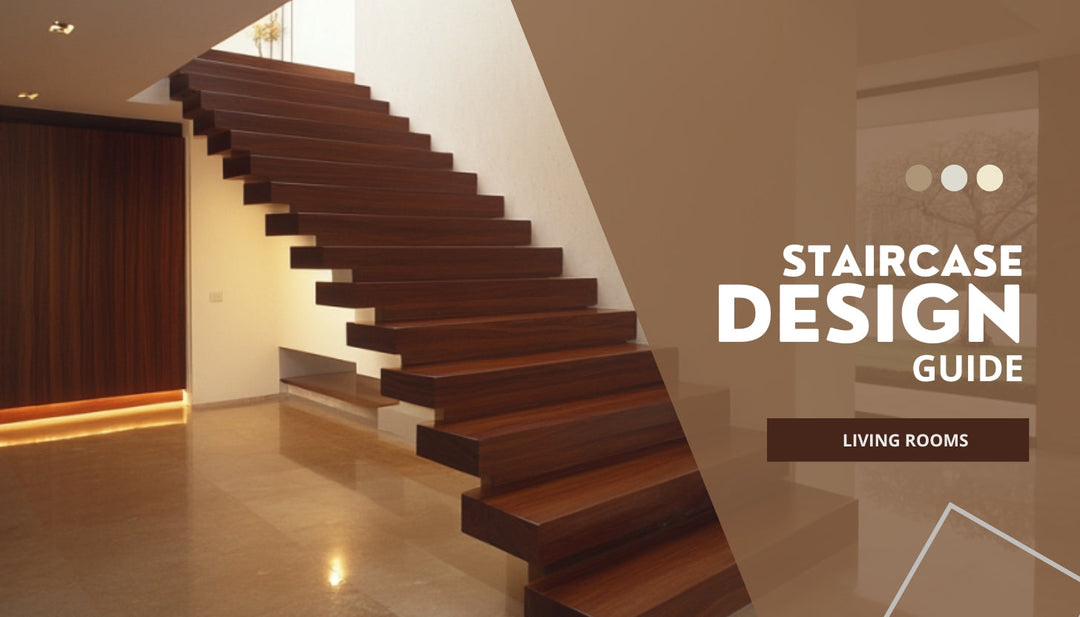How to Build a Brick Arch: A Guide for Design Enthusiasts

Brick arches are timeless architectural elements that combine form and function, adding elegance and structural integrity to any space. At Ongrid Design, we believe in empowering our clients with knowledge to make informed decisions about their architectural projects. This comprehensive guide will walk you through the process of building a brick arch, from planning to completion.
Key Takeaways
- Brick arches combine aesthetics and structural integrity, lasting for centuries when properly built.
- Careful planning, precise measurements, and sturdy formwork are crucial for successful arch construction.
- Consistent mortar joints and proper brick alignment ensure stability and visual appeal.
- Regular maintenance, including inspections and repointing, extends the lifespan of brick arches.
- Different arch types suit various architectural styles and functional needs.
- Professional consultation is recommended for complex arch projects or integration with existing structures.
Understanding Brick Arches

A brick arch is a curved structure that spans an opening, distributing weight evenly without the need for additional support. Properly constructed brick arches can last for centuries, making them a valuable addition to both modern and traditional architecture. Understanding the basics of architectural design terms is crucial when embarking on such a project.
Types of Brick Arches
|
Arch Type |
Description |
Best Used For |
|
Segmental |
Shallow curve, less than a semicircle |
Windows, doorways |
|
Semi-circular |
Forms a perfect half-circle |
Entrances, tunnels |
|
Gothic |
A pointed arch formed by two intersecting arcs |
Gothic-style architecture |
|
Flat |
Horizontal arch with minimal curve |
Modern designs, load-bearing situations |
Materials and Tools

Essential Materials:
- Bricks (clay or concrete)
- Mortar mix
- Wooden formwork
- Sand and water
- Reinforcement bars (optional)
- Lintel beam (optional)
Required Tools:
- Brick trowel
- Spirit level
- Measuring tape
- Chalk or pencil
- Masonry saw or brick hammer
- Rubber mallet
- Shovel
- Safety gear (gloves, goggles, dust mask)
For guidance on choosing the right bricks for your project, consult our expert guide.
Step-by-Step Guide to Building a Brick Arch

1. Planning and Measurement
- Measure the width of the opening
- Determine the desired height of the arch
- Calculate the rise-to-span ratio (typically 1:4 to 1:6 for stability)
- Draw the arch shape on plywood for formwork
Understanding how to read an architect's home plan can be invaluable during this stage.
2. Creating the Formwork
- Cut the plywood to match your drawn template
- Reinforce the formwork with supports
- Position and secure the formwork in the opening
3. Preparing the Base
- Ensure a level starting surface
- Apply a layer of mortar to the base
- Lay the first course of bricks, ensuring they're level
For a strong foundation, consider learning about random rubble masonry foundation design.
4. Building the Arch
- Begin laying bricks along the curve, following the formwork
- Cut bricks as needed to fit the curvature
- Maintain consistent mortar joints (typically 10mm)
- Insert the keystone at the arch's apex
5. Finishing Touches
- Allow the mortar to cure for 24-48 hours
- Carefully remove the formwork
- Clean excess mortar from brick faces
- Apply sealant if necessary
Tips for Stability and Security

- Use high-quality, consistent-sized bricks
- Ensure proper mortar mix (1 part cement : 3 parts sand)
- Check alignment frequently during construction
- Consider using reinforcement bars for spans over 1.2m
- Implement proper drainage above the arch to prevent water damage
For additional stability in your overall structure, explore our guide on filler slab design for homes.
Design Considerations

- Match the brick color and texture to existing structures
- Consider the arch's proportion to the overall facade
- Integrate decorative elements like keystones or springers for added visual interest
- Ensure the arch complements the building's architectural style
Our experts can help you with decor material selection to ensure your arch fits perfectly with your overall design aesthetic.
Maintenance and Longevity

To ensure your brick arch stands the test of time:
- Inspect annually for cracks or loose mortar
- Repoint mortar joints as needed (every 20-30 years)
- Clean gently with a soft brush and mild detergent
- Apply water-repellent sealant every 5-10 years in exposed locations
Circulation and User Benefits

A well-designed brick arch can:
- Improve traffic flow in doorways and passageways
- Create a focal point in a room or exterior facade
- Enhance natural light distribution when used over windows
- Increase property value through timeless architectural appeal
Consider how your arch fits into the overall landscaping design of your property for maximum impact.
Common Challenges and Solutions

|
Challenge |
Solution |
|
Uneven bricks |
Use a spirit level consistently and adjust as you build |
|
The mortar setting too quickly |
Mix smaller batches and keep covered with a damp cloth |
|
Sagging formwork |
Use sturdy materials and reinforce them adequately |
|
Inconsistent curve |
Create a precise template and adhere to it strictly |
Frequently Asked Questions (FAQs)

What are brick arches?
Brick arches are curved structures made of bricks that span openings in walls, distributing weight evenly to the sides. They combine functionality with aesthetic appeal, often used in doorways, windows, and decorative features in buildings.
How to form a brick arch?
Forming a brick arch involves several steps:
- Create a wooden formwork matching the desired arch shape
- Lay bricks along the curve, starting from both sides
- Use mortar between bricks, maintaining consistent joint thickness
- Insert the keystone at the top to complete the arch
- Allow the mortar to cure before removing the formwork
For a detailed guide, refer to our step-by-step process above.

What is the history of brick arches?
Brick arches have been used for thousands of years, with early examples dating back to ancient Mesopotamia and Egypt. They gained prominence in Roman architecture and have been a staple in various architectural styles throughout history, from Gothic cathedrals to modern buildings.
What is the minimum radius for a brick arch?
The minimum radius for a brick arch depends on the brick size and the desired appearance. Generally, a radius of at least 6 feet (1.8 meters) is recommended for standard-sized bricks to ensure structural integrity and aesthetic appeal. Smaller radii may require custom-cut bricks or special techniques.
What are the three types of arches?
While there are many arch types, three common ones are:
- Segmental arch: A shallow curve, less than a semicircle
- Semi-circular arch: Forms a perfect half-circle
- Gothic arch: A pointed arch formed by two intersecting arcs
Our Types of Brick Arches section provides more information on these and other arch types.

What is an arch?
An arch is a curved structural element that spans an opening and supports the weight above it. It distributes the load to the sides, allowing for wider openings than possible with straight beams. Arches can be made from various materials, including brick, stone, and concrete.
How is an arch made?
An arch is typically made by:
- Creating a temporary support structure (formwork)
- Laying the arch material (e.g., bricks) along the curve
- Using a binding material (e.g., mortar) between the elements
- Inserting a keystone at the top to lock the arch in place
- Allowing the structure to set before removing the support
Our article provides a comprehensive guide on building a brick arch.
What size are arch bricks?
Arch bricks come in various sizes, but they are often the same size as standard bricks used in the surrounding wall. Common dimensions are:
- 3 5/8" x 2 1/4" x 8" (92mm x 57mm x 203mm) for standard US bricks
- 215mm x 102.5mm x 65mm for standard UK bricks
However, custom-sized or wedge-shaped bricks may be used for tighter curves or specific design requirements. Consult our guide on choosing the right bricks for more information.
What is the maximum span of a brick arch?
The maximum span of a brick arch depends on various factors, including the brick strength, mortar quality, arch thickness, and load requirements. Generally, brick arches can safely span openings up to about 20 feet (6 meters) without additional reinforcement. For larger spans, steel reinforcement or alternative construction methods may be necessary.
For complex projects or large spans, it's advisable to consult with a professional architect or structural engineer to ensure safety and compliance with local building codes.

Conclusion
Building a brick arch is a rewarding project that combines technical skill with artistic vision. By following this guide, you'll be well-equipped to create a stunning architectural feature that will stand the test of time. Remember, practice makes perfect, and don't hesitate to consult with professionals for complex projects.
At Ongrid Design, we're passionate about bringing architectural visions to life. Whether you're looking to incorporate a brick arch into your home or need expert advice on your next design project, our team is here to help. We offer comprehensive architecture design services to turn your dreams into reality.
For those considering a larger renovation project, our guide on choosing the right design service for home renovation can provide valuable insights. And if you're working with carpenters on other aspects of your project, don't miss our tips on getting exceptional work from skilled carpenters.
By combining traditional techniques like brick arch construction with modern design principles, you can create a home that's both beautiful and functional. Let Ongrid Design be your partner in bringing your architectural visions to life.








Leave a comment